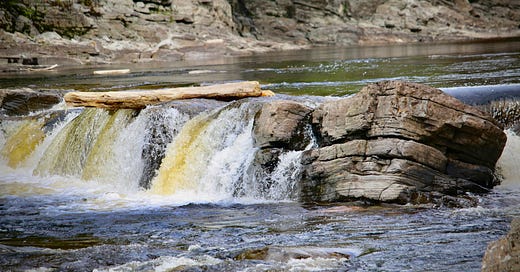This wasn’t meant to be a weekend replete with political philosophy. My goal was to take a well-deserved break to rest and recharge. But of course being me, now that I have an hour to kill before dinner, here goes.
A whimsical visit today to Canyon Ste-Anne prompted both a nap and a reflection on the benefits of democratized natural beauty. I grew up in Quebec City and always took for granted that unbeatable views, forests, trails and various hiking paths belong to everyone. As they should.

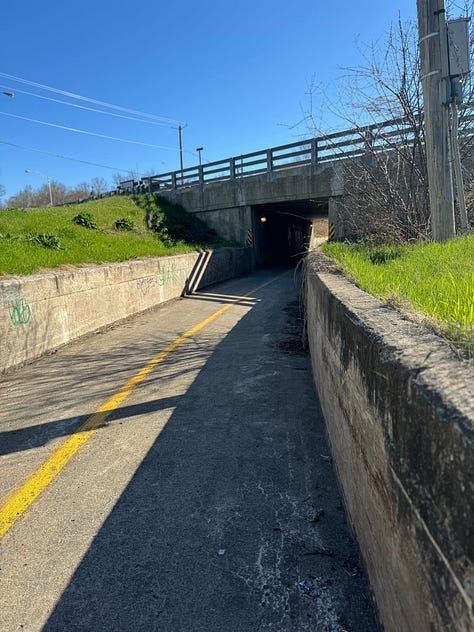

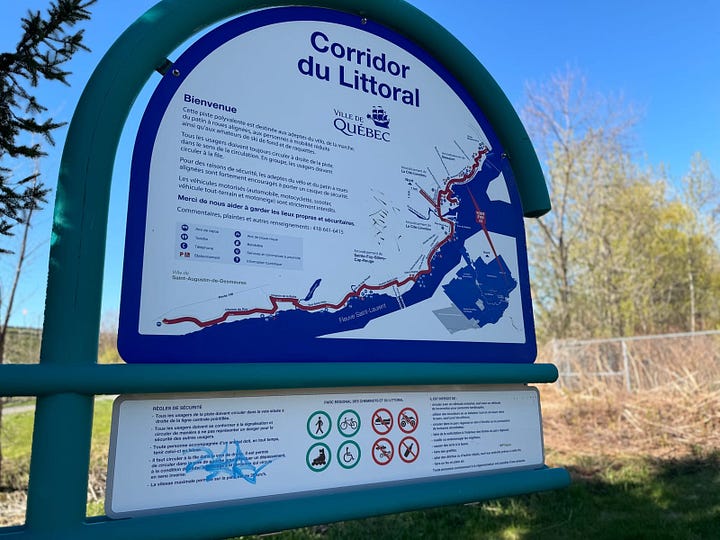
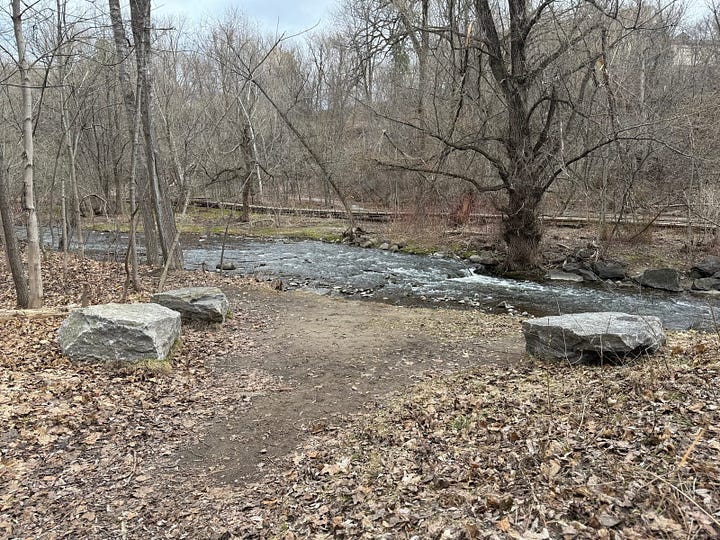

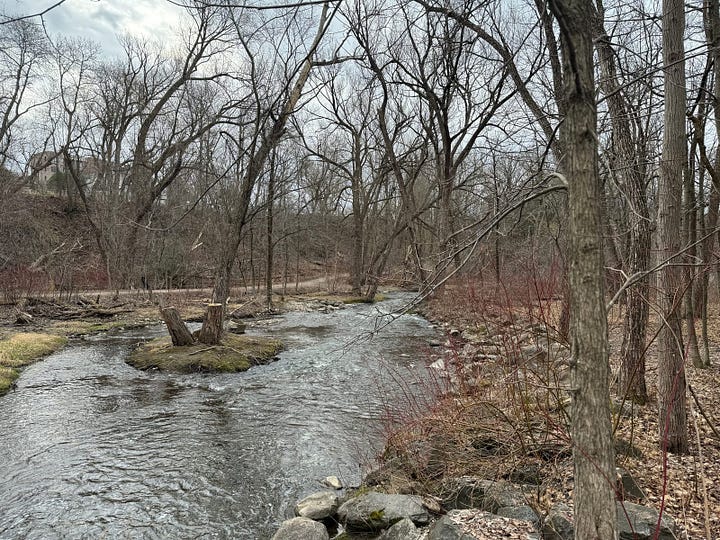
And indeed in Quebec City I find it more true than in other North American jurisdictions I’ve visited. Everything from the award-winning Champlain promenade (that makes the shores of the majestic St. Lawrence accessible to anyone at no fee) to the Terrasse Dufferin to the Plains of Abraham (of course) to the breathtaking Chutes Montmorency — all these sites offer residents and visitors access to world-class natural sites at very little or no fee.
A few weeks ago Beloved and I went to Cap Tourmente, a national wildlife area, and for the very inexpensive sum of $6 per person we got to frolic and climb and hike and explore fantastic marshes and all manner of natural beauty.



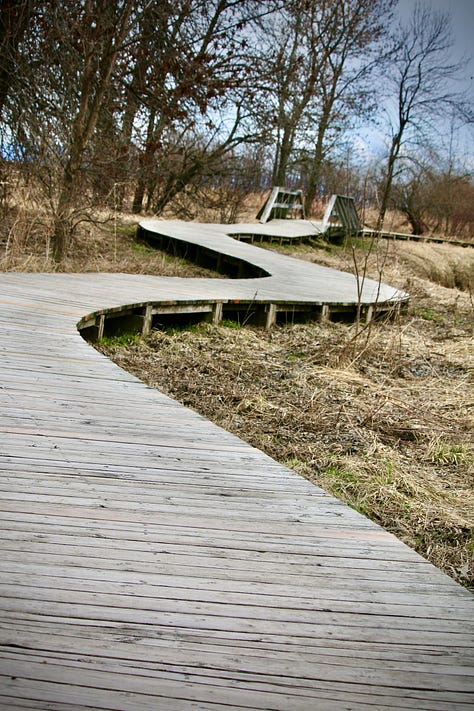
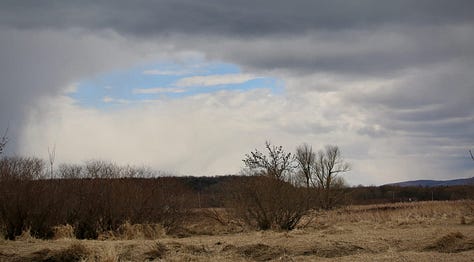


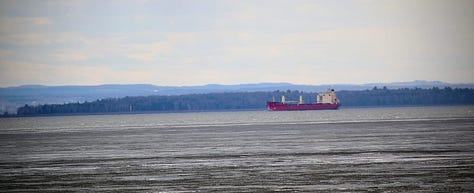
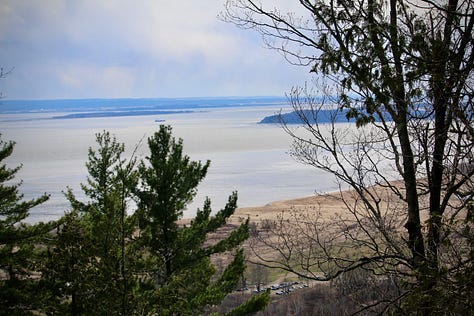
Today we went to the Canyon Ste-Anne, a mesmerizing gorge that’s apparently more than a billion years old. This one is privately owned and we immediately felt the difference, and I don’t just mean the entrance price was higher ($14 per adult). It didn’t feel like there was that much effort put into the experience for visitors. Maybe that’s due to the fact that the park just reopened for the season two days ago, who knows. But while there is no denying the beauty of the natural phenomenon, and the coolness of the suspension bridges high above spectacular waterfalls, we were a touch disappointed.

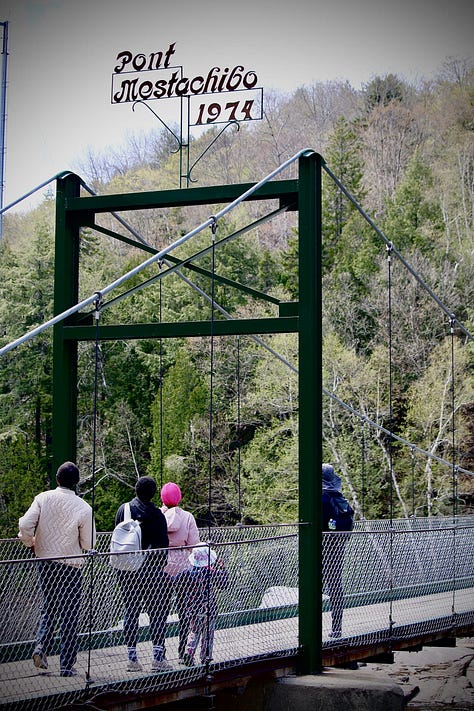


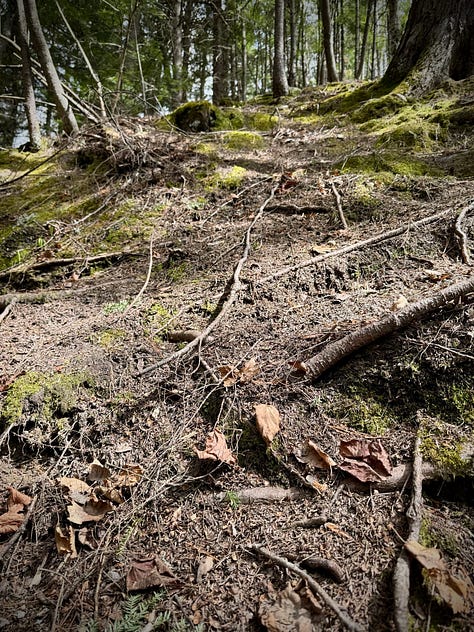

This has launched a reflection about ownership and nature that is frustrating — to me at least — because there is no universal answer to the question of who is best suited to “own” nature and make it accessible to the widest number of people at the least possible cost without at the same time causing said nature to be spoiled or depleted from overuse.
A million years ago I was writing a lot of libertarian things and one of them was a study of what happened when the Parti Québécois took power in 1976 and decided to democratize access to Quebec’s best fishing lakes from the private clubs that were operating them for wealthy individuals. Opération déclubage, it was called.
The data showed that opening up the best fishing lakes to the entire population resulted in fishing stocks being depleted, which prompted my former libertarian self to conclude that riparian rights were better than public management to protect natural resources and if you think I am insufferable now let me tell you, I was way worse then.
I’m pretty sure I’m less obnoxious now, and not just because I am honest enough to recognize that the problem with Operation déclubage wasn’t the ownership structure but the poor wildlife management that put human pleasures like fishing ahead of the importance of preserving fish stocks for sustainability reasons if nothing else. It was, after all, the 1970s. We were all a little stupid back then.
Today we pay a lot better attention to nature and we work hard to preserve it. Finding ways to allow humans to interact with the natural beauty that surrounds them without damaging it is something we’re much better at, as a society, and regardless of ownership structures.
That’s a good thing yet today’s experience confirmed to me that we can do better. I don’t have the answer, but maybe if we all get better at asking the rights questions we’ll get there.

